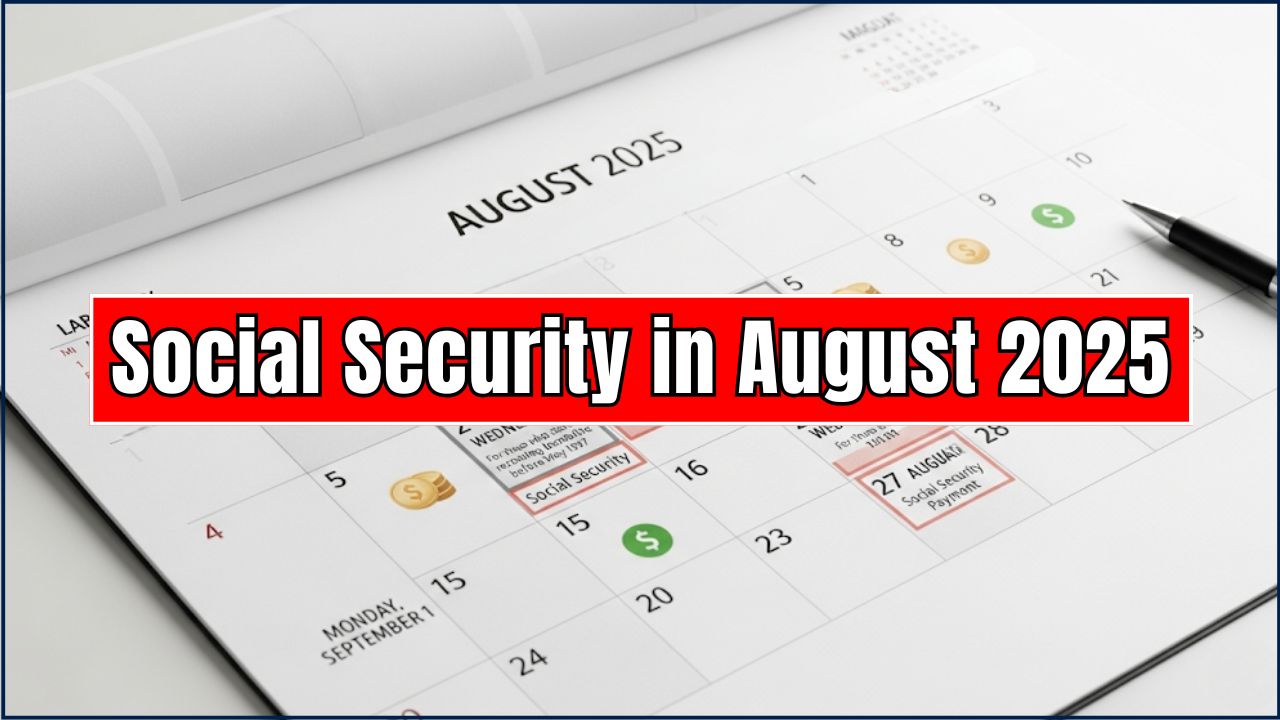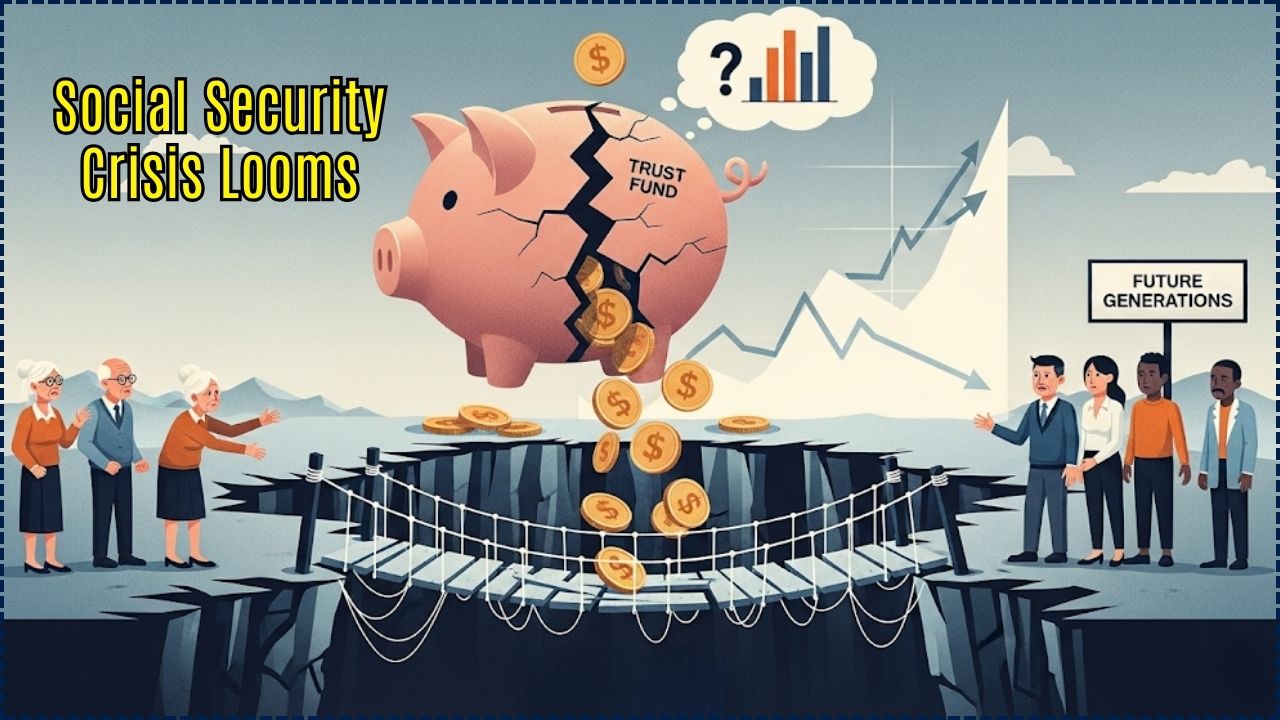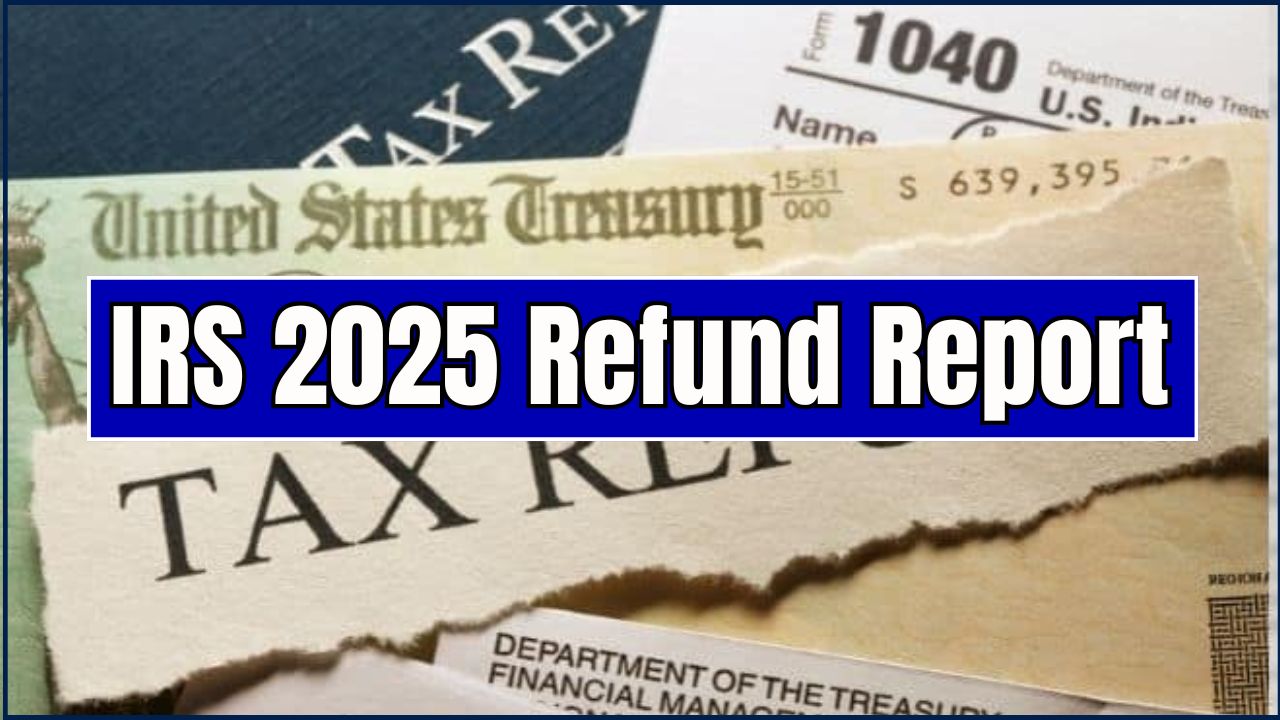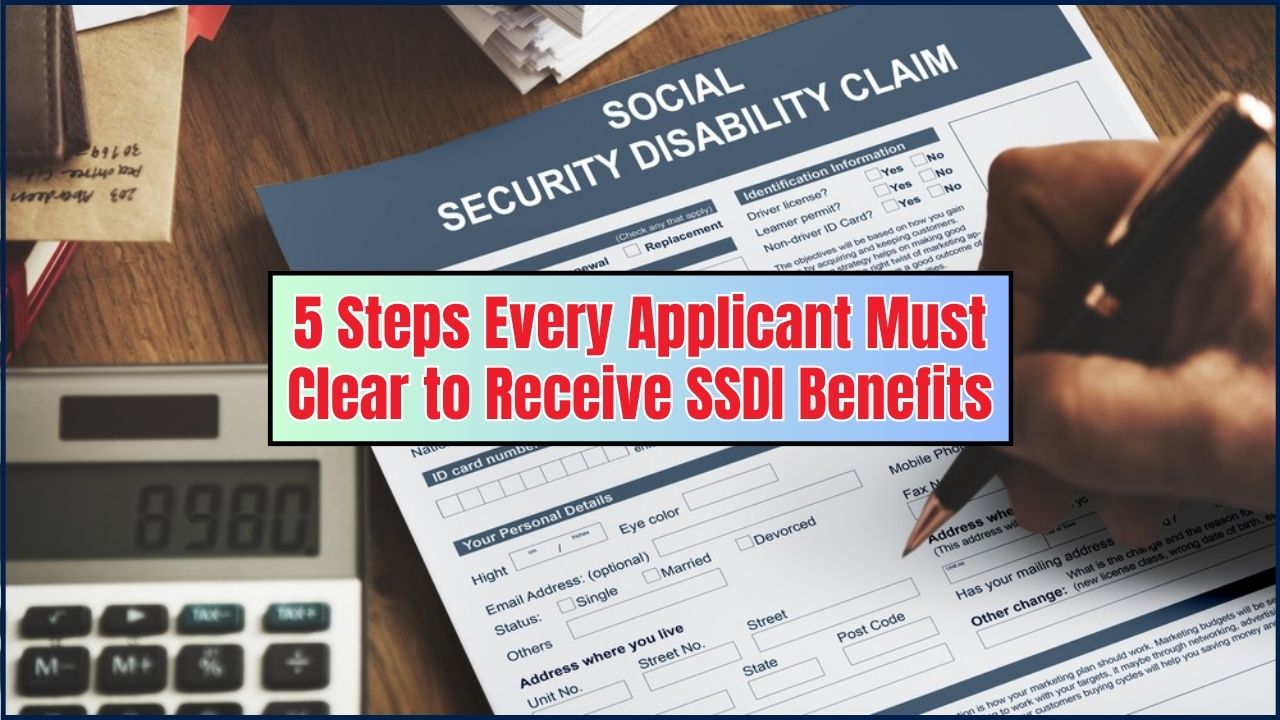If you’ve ever groaned while waiting on hold with the Social Security Administration (SSA), here’s a reason to smile: Social Security just turned 90 years old—and it’s rolling out the biggest digital upgrade in its history.

That means shorter wait times, faster disability claims, and 24/7 access to your Social Security Number (SSN) right from your phone. This isn’t just a government tech update; it’s a game-changer for over 70 million Americans who rely on Social Security every single month.
Social Security Turns 90
| Area | What’s New (2025) | Impact |
|---|---|---|
| Online Services | 24/7 access to My Social Security with fewer outages | Over 500,000 transactions in first 3 weeks |
| Phone Support | National 800 number wait times down from 30 minutes to single-digit minutes | Faster help for millions of callers |
| Field Offices | 30% shorter wait times, more scheduled appointments | Quicker in-person service |
| Disability Claims | Backlog cut from 1.2M to 950,000 cases; hearings 60 days faster | Speedier results for applicants |
| SSN Access | Secure digital Social Security Number viewing via mobile | No more waiting for mail |
| Technology Upgrade | Modernized phone + processing systems across 70% of offices | Staff can now assist nationwide |
| Official Resource | SSA.gov Official Website | Direct access to updates |
Social Security at 90 is more than a birthday—it’s a digital rebirth. From 24/7 online access to digital SSNs and shorter wait times, the SSA is stepping into the modern era. Critics worry about speed versus security, but for millions of Americans, the upgrades are already making life easier.
For a program that started with a single check of $22.54, this transformation proves Social Security is still evolving to meet the needs of every generation.
A Quick Throwback: How Social Security Started
The Social Security Act of 1935, signed by President Franklin D. Roosevelt, was born during the Great Depression. At a time when one in four Americans was unemployed, the law created a lifeline: retirement income, unemployment insurance, and aid for the most vulnerable.
Today, Social Security is the largest federal benefits program, distributing more than $1 trillion each year. Nearly every family in America has a connection—whether through retirement checks, disability support, or survivor benefits.
A Historical Timeline of Social Security
- 1935 – Social Security Act signed into law.
- 1940 – First monthly benefit issued to Ida May Fuller: $22.54.
- 1956 – Disability Insurance added.
- 1965 – Medicare created, linked to SSA.
- 1983 – Major reforms extend solvency of the trust fund.
- 1990s – SSA goes digital with early online services.
- 2025 – SSA launches its most ambitious digital transformation ever.
What’s Changing in 2025
Let’s break down the upgrades one by one.
1. 24/7 Online Access
SSA’s My Social Security account now runs 24/7. Before, the system had nearly 29 hours of downtime per week. Now, you can log in anytime to:
- Check your earnings record
- Estimate retirement benefits
- Order a replacement card
- View your SSN securely from your phone
Already, over half a million transactions were logged in just three weeks after launch.
2. Phone Support That Doesn’t Take Forever
The National 800 number—once notorious for 30+ minute waits—now averages under 10 minutes thanks to upgraded tech.
Even better, 90% of calls are resolved with self-service or scheduled callbacks. No more sitting on hold like it’s the DMV.
3. Faster Disability Decisions
The disability backlog has been cut by 25%, dropping from 1.2 million cases to 950,000. Disability hearings are now 60 days faster.
For families waiting on crucial income, this speed can mean food on the table or rent paid on time.
4. Improved Field Offices
Walk-ins aren’t nearly as painful anymore. SSA field offices report:
- 30% shorter wait times
- More appointments available
- New service models cutting waits by another 10% year-over-year
5. Digital Social Security Number (SSN)
Launched in April 2025, this feature lets you view your SSN securely on mobile.
Need it for a new job or bank account? No more waiting for a paper card in the mail.
Real-Life Example: Meet Sarah
Sarah, a 28-year-old from Ohio, recently lost her Social Security card. In the past, she would have had to take off work, sit in a field office for hours, and wait weeks for a replacement.
Instead, she logged into My Social Security on her phone, verified her identity, and viewed her number instantly. Problem solved in under 10 minutes.
How Different Generations Benefit
- Gen Z (ages 10–27): Digital SSN access makes job applications and banking easier.
- Millennials (28–43): 24/7 access means better retirement planning.
- Gen X (44–59): Faster disability and survivor claims help families in transition.
- Boomers (60+): Shorter wait times mean quicker answers for retirement and Medicare.
The Professional Angle: Why This Matters for HR, Employers, and Financial Advisors
- HR Managers: Can verify employees’ SSNs faster using digital tools.
- Employers: Shorter claim times reduce workplace disruptions.
- Financial Planners: Real-time benefit estimates improve retirement strategies.
Top 3 Mistakes to Avoid with Your Online Account
- Don’t Claim Too Early Without a Plan. While you can start collecting benefits at age 62, doing so can permanently reduce your monthly payment. Carefully consider your financial situation and longevity before making this decision.
- Forgetting to Check Your Earnings Record. Your future benefits are based on your 35 highest-earning years. Log into your account regularly to make sure your work history is correct. Errors could cost you big money down the line.
- Ignoring the Digital Upgrade. The move to electronic-only payments is happening! Don’t wait until the last minute to switch from paper checks to direct deposit to ensure your payments continue without interruption.
Future Outlook: What’s Next for SSA?
Experts believe SSA will continue:
- Expanding mobile-first services
- Using AI chatbots for routine questions
- Strengthening cybersecurity protections
- Possibly linking benefits to digital ID systems
The big challenge? Making sure upgrades keep pace with security threats while protecting 90 years of earned trust.
FAQs
Q1: Will Social Security run out of money?
Not immediately. According to the SSA Trustees Report, the trust fund is projected to pay full benefits until the mid-2030s, after which only 75-80% can be covered unless reforms happen.
Q2: Do I still need my physical Social Security card?
Yes, for certain situations. But the new digital SSN means you won’t need the card for everyday verification.
Q3: How safe is it to view my SSN online?
SSA uses multi-factor authentication and encryption. Always use the official SSA.gov site, not third-party links.
Q4: What’s the earliest I can claim retirement benefits?
Age 62, though full retirement age varies (66–67 depending on birth year).
Q5: Can scammers take advantage of this digital system?
SSA warns against phishing. Never give out your SSN by phone or email.






